Bird of Paradise Plant Care: A Fun and Easy Guide
Bird of paradise
The Bird of Paradise plant (Strelitzia reginae) is an exotic and striking plant native to South Africa. With its bright flowers and tropical appearance, it's like having a little piece of paradise in your home!
___________________________________________________________________________
Light:
The Bird of Paradise enjoys bright, direct light. Place it near an east- or west-facing window to provide the right amount of sunlight. More light means more stunning blooms!
Water:
This plant likes to keep its roots slightly moist, but not soaked. Water it when the top layer of soil is dry. Avoid overwatering, as this can cause root rot.
Substratum:
Use a well-draining substrate to prevent the roots from becoming waterlogged. A mix of potting soil and perlite will work perfectly. Give your roots a comfortable, well-ventilated environment to grow!
Temperature:
The Bird of Paradise prefers warm temperatures, between 18°C and 24°C (64°F and 75°F). Avoid extreme temperatures and sudden changes. If you bring it outside during the summer, be sure to protect it from cold drafts.
Humidity:
The normal humidity in your home will be sufficient for the Bird of Paradise. It doesn't require a particularly humid environment. However, if the humidity is very low, you can spray water on the leaves occasionally to mimic a tropical environment.
Toxicity:
Take care of your furry friends! Bird of Paradise can be toxic to cats and dogs if ingested. Keep your pets away from this tropical plant.
Additional:
Strelitzia is also popular as a houseplant, as it can reach impressive heights and add a touch of lushness to any space.

__ _________________________________________________________________________
Common problems:
-
Yellowing Leaves: Yellowing leaves on your Bird of Paradise plant can be caused by overwatering or underwatering, a lack of nutrients, inadequate light, or disease. Make sure to provide balanced watering, adequate nutrition, and an environment with bright but indirect light.
-
Lack of Blooming: The Bird of Paradise plant can take several years to flower, and a lack of blooming can be due to factors such as lack of direct sunlight, nutrient deficiencies, or inadequate environmental conditions. Make sure to provide enough direct sunlight and follow the fertilization recommendations.
-
Flower Problems: Bird of Paradise flowers can experience problems such as premature wilting, discoloration, or failure to fully develop. This can be caused by sudden changes in temperature, lack of pollination, or disease. Maintain a stable environment, avoid sudden temperature changes, and ensure pollinators are nearby if the plant is outdoors.
-
Cold Sensitivity: The Bird of Paradise plant is sensitive to low temperatures and can suffer frost damage. Protect the plant during the colder months or in cold climates.
-
Diseases and Pests: The Bird of Paradise plant can be affected by fungal diseases such as root rot and leaf spot, as well as pests such as mites, aphids, and mealybugs. Inspect regularly for signs of disease or pests and take appropriate measures to control them.




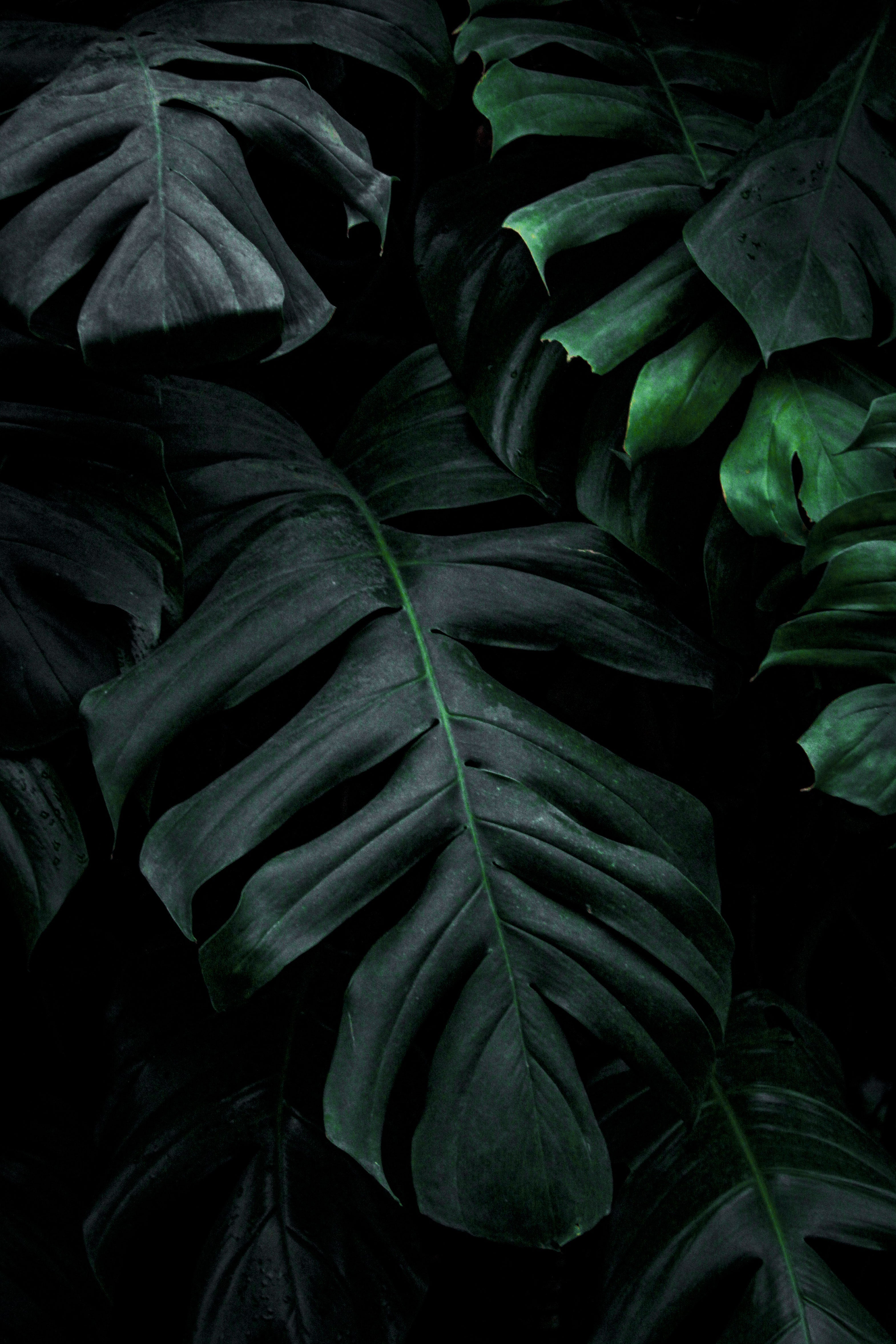
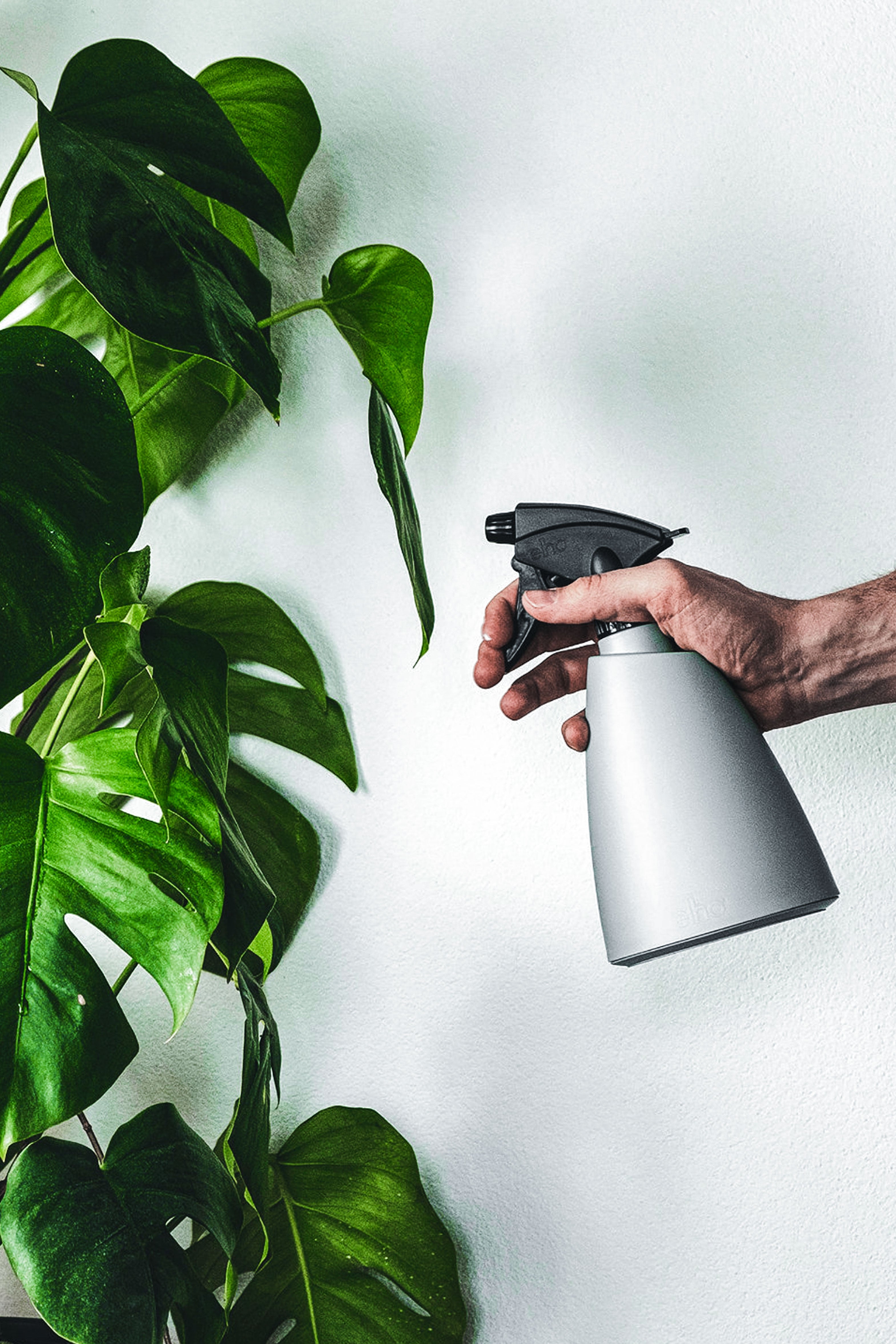
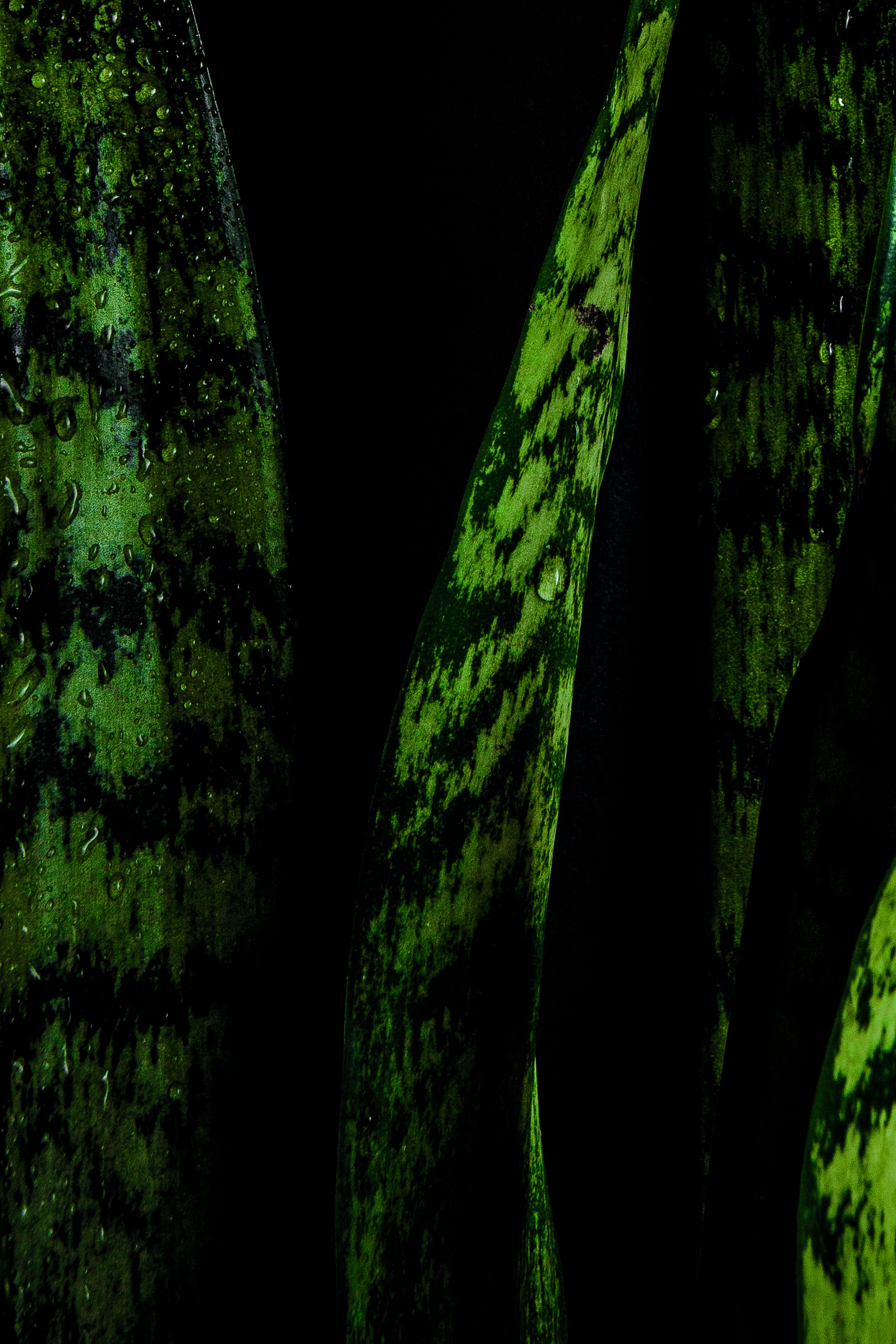
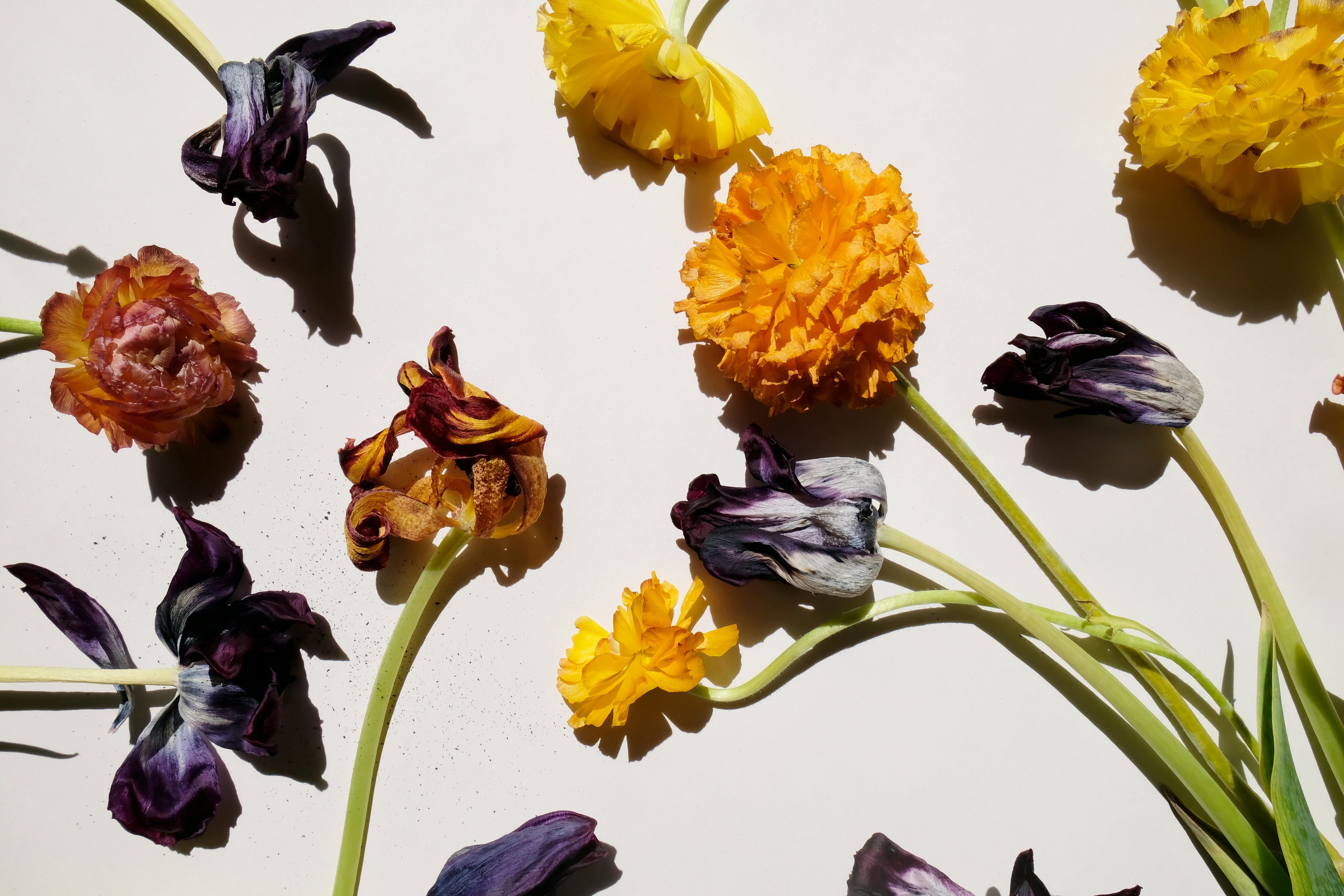
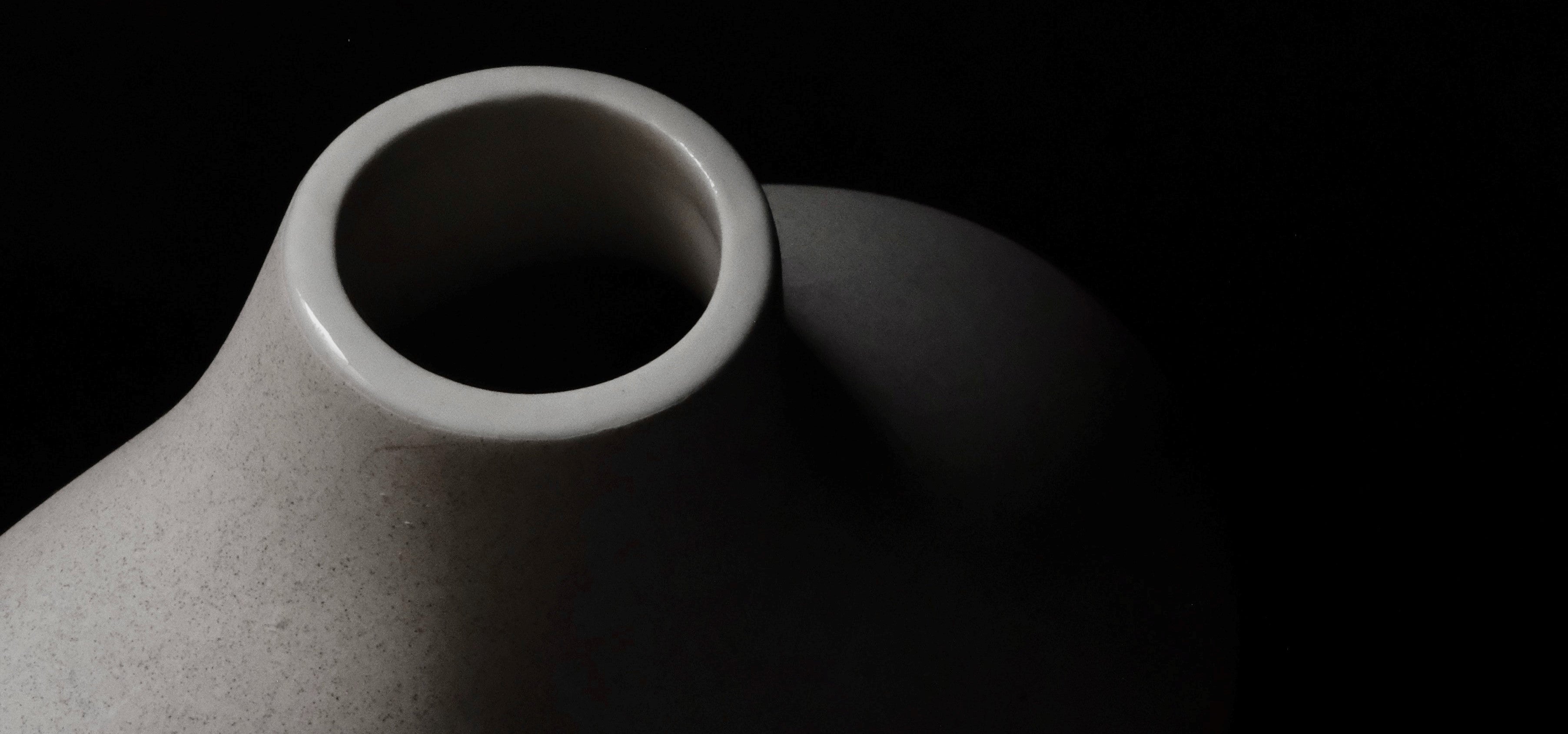
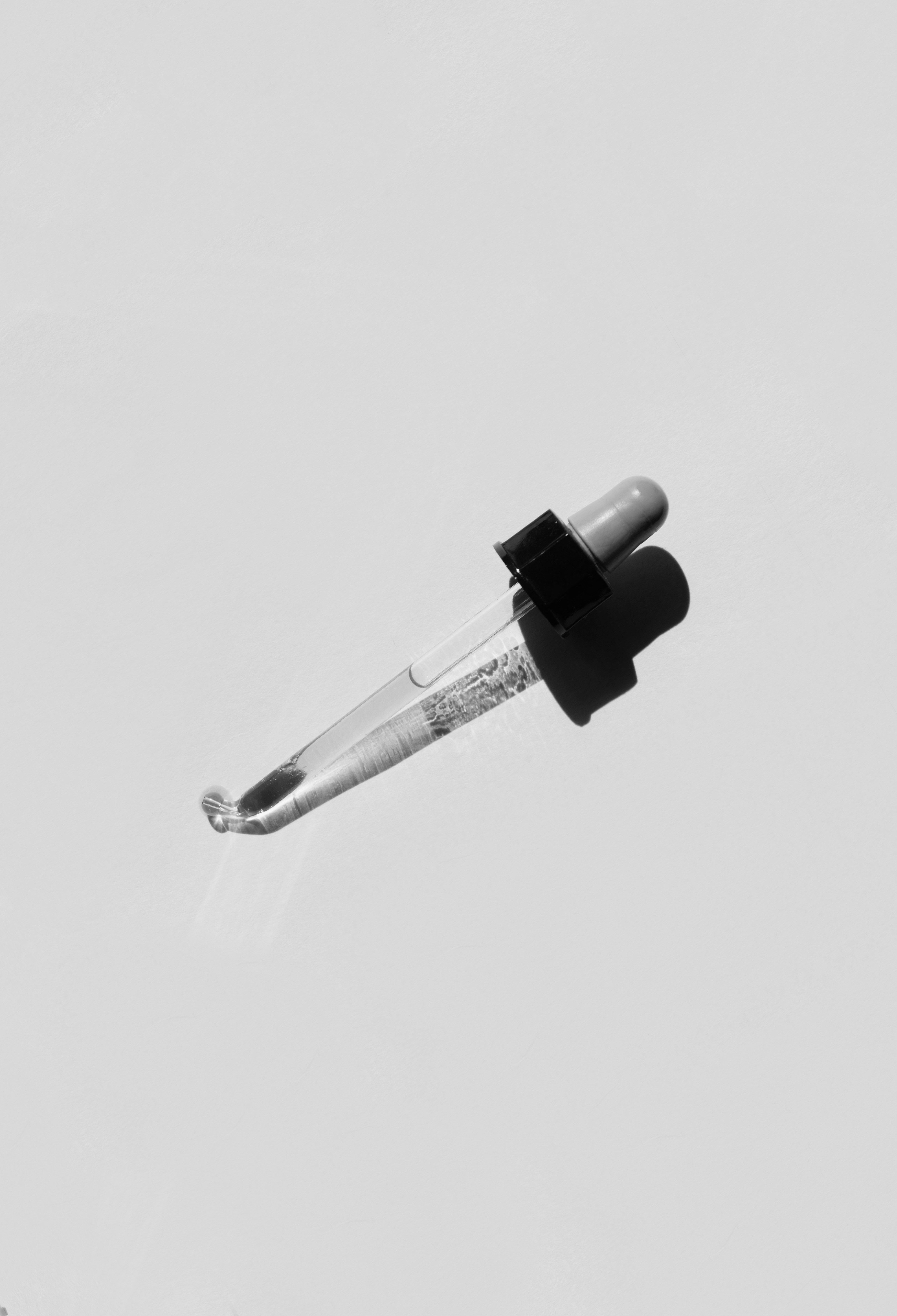
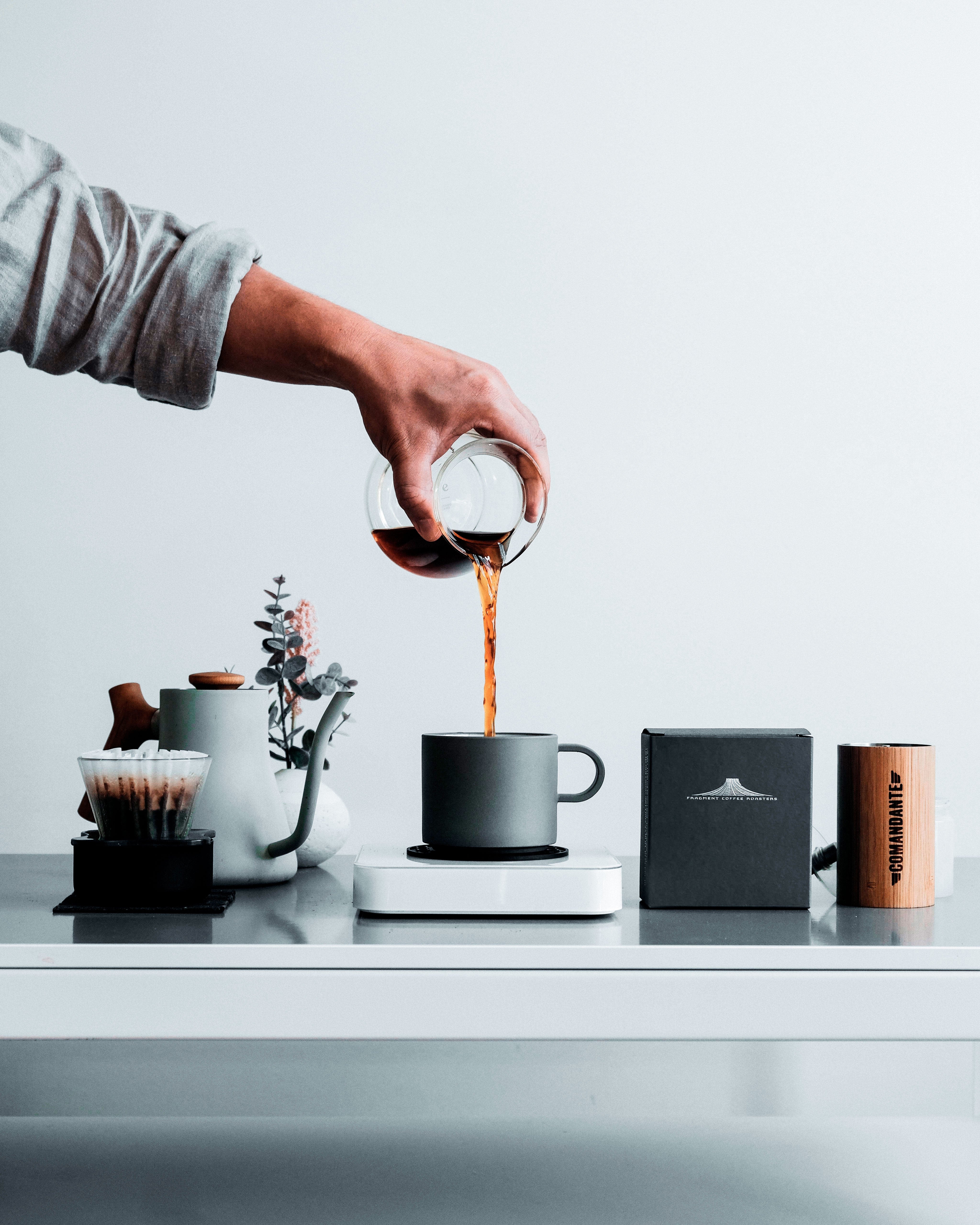
Leave a comment